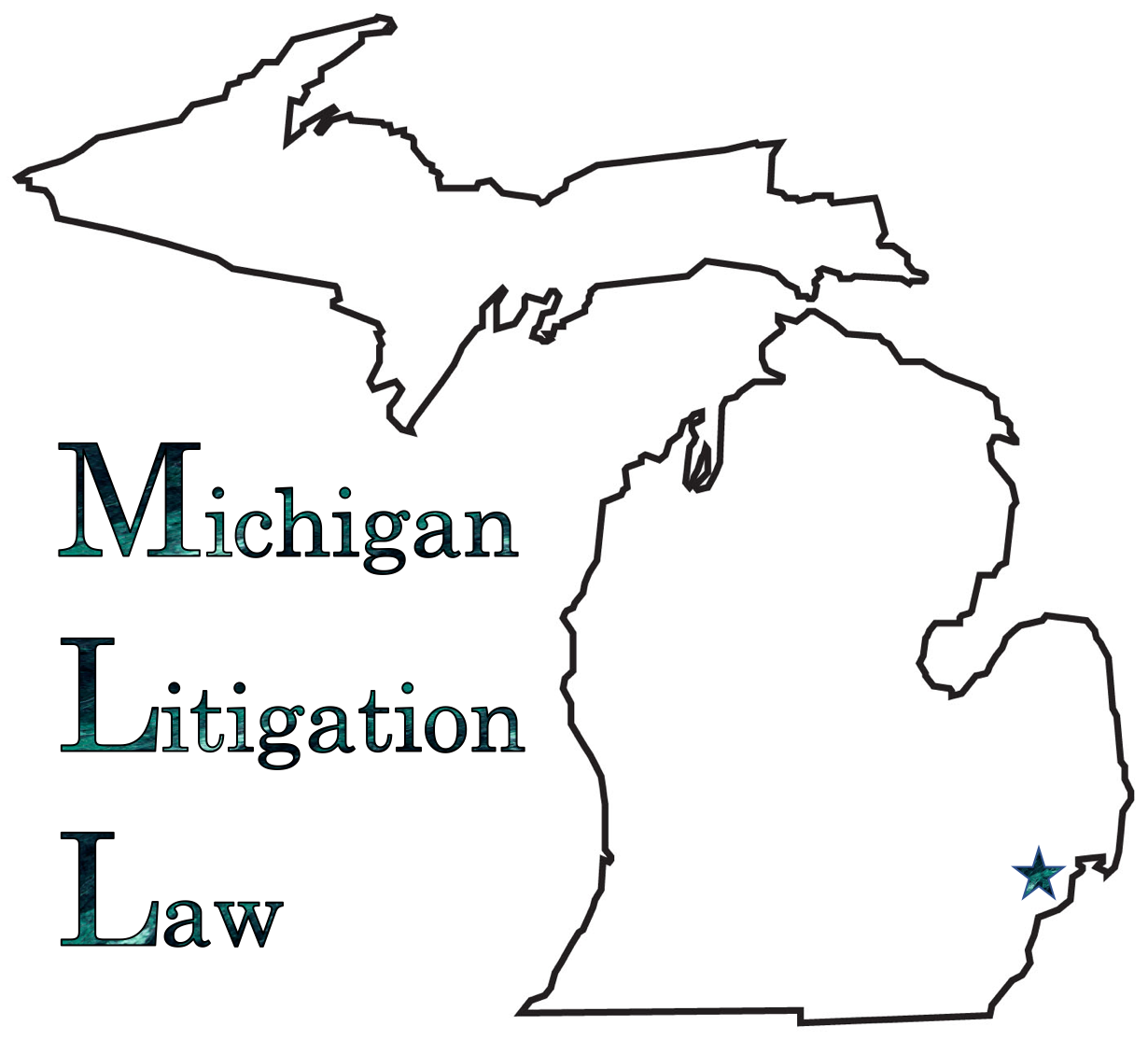What is Employer Self Evaluation?
The purpose of the self-assessment is to investigate the appropriateness of the employer’s processes, not to spawn new disputes.
The information obtained should be used to formulate written policies and procedures that can be applied consistently in future terminations.
How to Conduct Self Evaluation?
- The internal self-assessment should be thorough and discreet.
- To the extent possible, only supervisory personnel should be used for information gathering (documents, data, statistics, and witness statements).
- Under some circumstances, it may become necessary to interview other employees, but this should be avoided if possible.
- In cases of for-cause discharges, the self-assessment should focus on abuse of management discretion and include a meticulous critique of the fairness and reasonableness of the termination under the particular circumstances.
- A glaring indicator of abuse is evidence that the termination simply indulged an individual supervisor’s whim; putting into effect a single supervisor’s will is rarely a proper exercise of discretion.
What if Self Evaluation Exposes Flaw in Handling of Specific Case?
If the self-evaluation discloses a fatal flaw in the handling of the specific case under review, the employer should formulate optional “make whole” remedies and initiate immediate settlement discussions with the former employee.
Some cases will warrant an immediate unconditional offer of reinstatement to minimize damages and force employee participation in settlement discussions.
The employer should not overlook the possible need to take corrective or disciplinary action against supervisors and others who have violated existing policies and procedures or federal or state laws.

